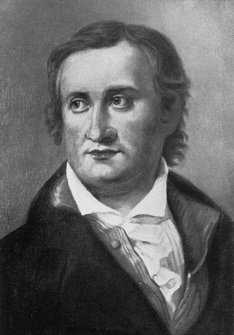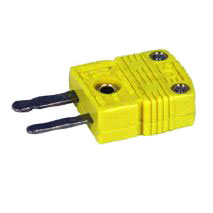Measuring Temperatures Precisely: Possible Sensor Technologies and Requirements for Data Acquisition Systems
The most frequently measured quantity in the world of measurement technology is temperature. Moreover, there are various sensors and methods available for performing this task. One of the most popular ways to measure temperature is by using a thermocouple. In this article, we provide you with an overview of this subject.
All over the world, temperature is the most frequently measured quantity. The precise recording of temperature changes plays a vital role in both structural measurements and the dynamic operations of all kinds of systems.
Numerous factors trigger thermal changes. These include environmental influences (heat, cold), heating up of sensors, combustion or explosion processes, flow, and mechanically moving system parts that leads to friction or electrical current.
Temperature changes also mostly have an impact on other physical quantities, such as the amount of electrical current, strain, flow, or pressure. Ideally, these thermal dependencies are taken into consideration and compensated for during runtime. In this case, precise temperature acquisition is absolutely crucial to reduce measurement-related uncertainty due to temperature variations.
The temperature profiles obtained during testing or in a model test setup can be used to analyze and optimize a system. This could be beneficial for cooling and heating circuits, the design of materials, or determination of wire sizes for conducting electricity.













